Introduction: The Promise and Reality of Web3
The digital landscape has evolved dramatically over the past few decades. From the early days of the internet, which primarily served as a source of information, to the rise of Web2, where social media, e-commerce, and user-generated content dominated, the internet has always shaped the way we connect, communicate, and create. Now, we’re at the precipice of Web3—a decentralized version of the internet that promises to shift power away from central authorities and return it to the individual.
But does Web3 truly deliver on this promise? Can it reshape the balance of power in a way that benefits the average user, or is it just another technological buzzword with more questions than answers? To understand this, we need to explore the fundamentals of Web3, its key technologies, and the potential social, economic, and cultural impacts it may have.
1. What is Web3?
Web3 is the next evolution of the internet, built on the principles of decentralization, blockchain technology, and token-based economies. Unlike Web2, where data is controlled by centralized entities like Google, Facebook, and Amazon, Web3 envisions a more democratic and user-centric web where individuals retain control over their data, digital identities, and transactions.
At its core, Web3 seeks to eliminate intermediaries, enabling peer-to-peer interactions without relying on central authorities or third parties. This is made possible through blockchain—a distributed ledger technology that ensures transparency, security, and trust in digital transactions. Think of it as a digital world where control isn’t concentrated in the hands of a few, but rather shared by a collective of users.
2. The Centralization vs. Decentralization Debate
To fully understand Web3’s potential to empower individuals, it’s crucial to compare it to Web2’s centralized model. In Web2, major tech giants dominate the online ecosystem. These companies control massive amounts of personal data and, by extension, hold immense power over the way we interact with the digital world. They determine the algorithms that curate our feeds, decide which products we see, and even shape the narratives we consume.
Web3, on the other hand, flips this paradigm on its head. Decentralization means no single entity has control over the system. Instead, power is distributed across a network of nodes, and decisions are made through consensus mechanisms, often using protocols like Proof of Work (PoW) or Proof of Stake (PoS). This empowers users by allowing them to participate directly in governance, decision-making, and the creation of new value within the ecosystem.
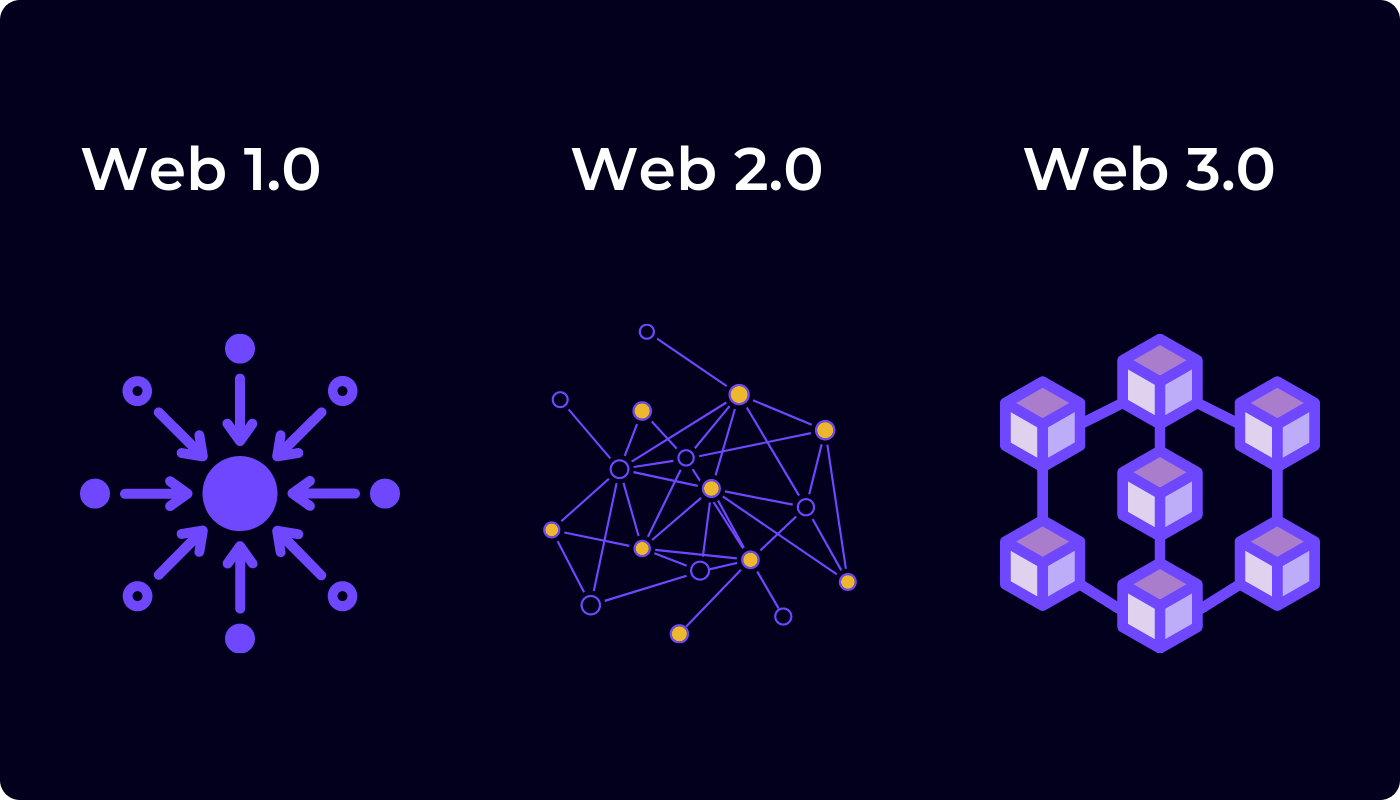
3. Key Technologies That Make Web3 Possible
To understand how Web3 works, it’s essential to grasp the key technologies that underpin it. These include:
- Blockchain: The backbone of Web3, a blockchain is a decentralized and immutable ledger that records all transactions across a network of computers. This technology ensures transparency and security, as every participant in the network has access to the same information.
- Smart Contracts: These self-executing contracts are coded directly into the blockchain and automatically enforce the terms of an agreement. They remove the need for intermediaries, reducing costs and increasing trust between parties.
- Decentralized Autonomous Organizations (DAOs): DAOs are organizations governed by smart contracts and blockchain protocols. They operate without traditional management structures, enabling stakeholders to vote on decisions and participate in governance directly.
- Cryptocurrencies and Tokens: Cryptocurrencies like Bitcoin and Ethereum are key components of the Web3 ecosystem. These digital currencies serve as a medium of exchange and enable decentralized finance (DeFi) applications. Tokens, on the other hand, can represent ownership or access rights within decentralized networks or platforms.
4. The Social and Economic Implications of Web3
Empowering Individuals: One of Web3’s most compelling promises is the idea of returning power to individuals. With blockchain technology, users can control their personal data, decide how it’s shared, and even monetize it if they choose. Additionally, Web3 facilitates financial inclusion by providing decentralized alternatives to traditional banking systems, especially for those in underbanked regions.
New Economic Models: Web3 is not just about decentralization but also about rethinking traditional economic models. Through decentralized finance (DeFi), individuals can participate in lending, borrowing, trading, and earning interest without relying on traditional financial institutions. This opens up new avenues for wealth creation and financial independence, particularly for people who have been excluded from conventional banking systems.
Creative Freedom: Web3 offers a new frontier for creators. Artists, musicians, and content creators can tokenize their work and sell it directly to consumers through platforms like NFTs (non-fungible tokens), bypassing the gatekeepers of the traditional media and entertainment industries. This opens up opportunities for creative professionals to monetize their work in ways that were previously impossible.
5. The Challenges Web3 Faces
While Web3 holds immense potential, it is not without its challenges.
- Scalability: Many Web3 applications, particularly those built on Ethereum, face scalability issues. As more users join the network, the cost of transactions can increase, and the network can become congested. To address this, developers are working on solutions like Layer 2 scaling and Ethereum 2.0, but the issue remains a significant hurdle.
- User Adoption: Despite its promise, Web3 is still in its early stages. For mainstream users to adopt Web3, the user experience must improve. Current Web3 platforms can be complex and unintuitive, especially for individuals who are not familiar with blockchain or cryptocurrency.
- Regulation and Security: The decentralized nature of Web3 presents new challenges in terms of regulation and security. As governments and financial institutions look to regulate cryptocurrencies and blockchain-based applications, the future of Web3 may be influenced by these developments. Moreover, the rise of decentralized systems could also lead to an increase in cyberattacks, making security a critical concern.
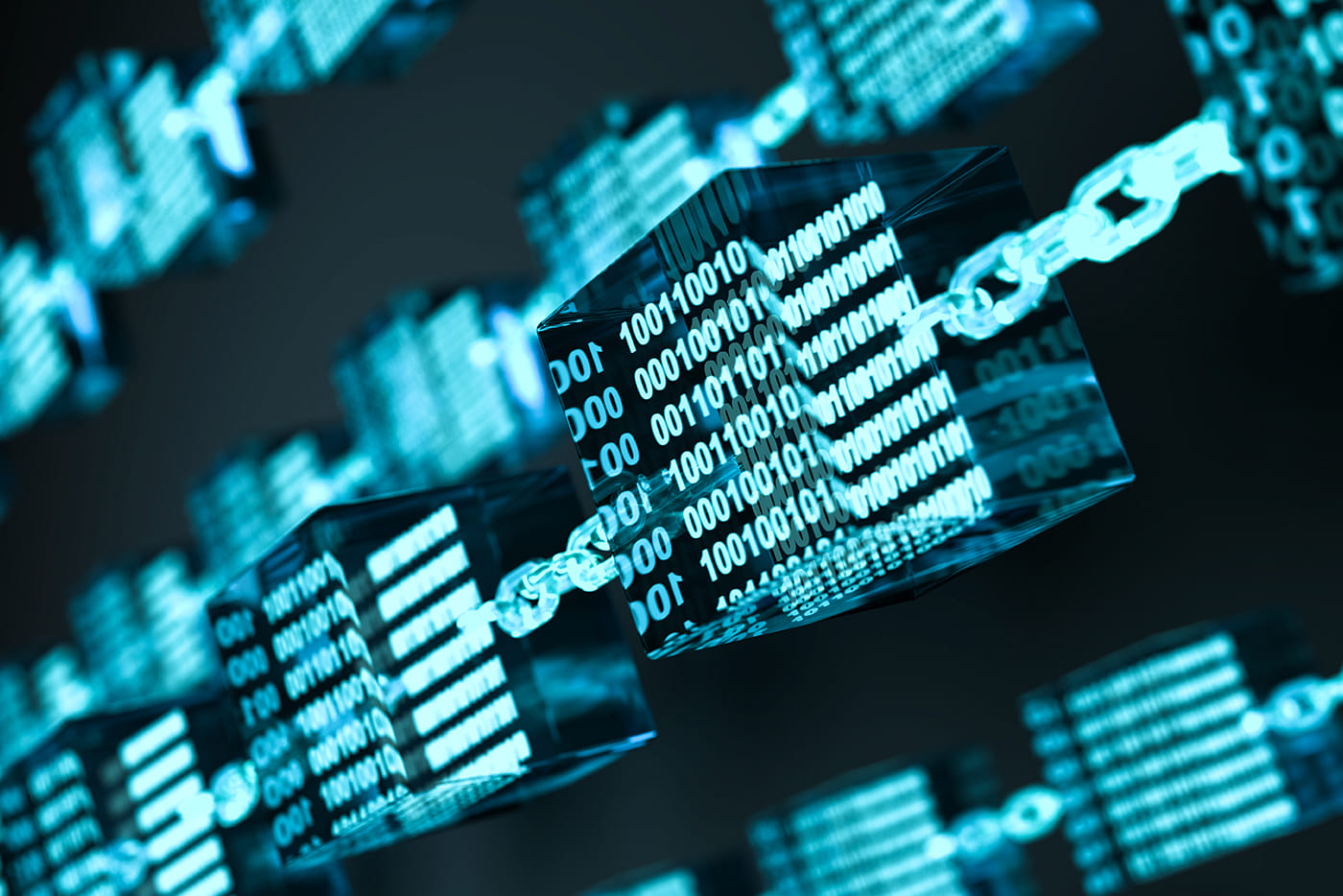
6. Web3 and Its Impact on Society
Web3’s impact extends beyond technology and economics—it also has profound social implications. By enabling decentralized governance, Web3 could lead to more democratic systems where individuals have a direct say in the policies and decisions that affect their lives. This shift could challenge traditional power structures and encourage greater transparency in both public and private sectors.
Additionally, Web3 fosters a new form of digital identity. Instead of relying on platforms like Facebook or Google to manage your online persona, Web3 allows you to create and control your identity through blockchain-based solutions. This could reduce the influence of big tech companies in shaping how we present ourselves online.
However, there’s also a darker side to decentralization. With no central authority to oversee Web3 platforms, the risk of fraud, exploitation, and misinformation increases. While decentralization can democratize power, it also leaves individuals vulnerable to malicious actors without the protections offered by traditional systems.
7. Will Web3 Change the World?
The answer to whether Web3 will truly hand power back to the people is not straightforward. While Web3 offers groundbreaking possibilities, the technology is still maturing. In the future, it may indeed empower individuals by providing them with more control over their data, finances, and digital lives. However, the path to widespread adoption is fraught with challenges, from scalability issues to regulatory hurdles.
Moreover, Web3’s success will depend not only on technological developments but also on how communities, governments, and businesses embrace it. The most significant question may not be whether Web3 can decentralize power, but whether it will be accessible and beneficial to all people, not just those at the forefront of technological innovation.
Conclusion: A Future of Possibilities
Web3 offers a tantalizing glimpse of a more decentralized, user-empowered internet. It promises greater control, new economic opportunities, and a more democratic digital ecosystem. However, as with any transformative technology, the road ahead is complex, and its success will depend on overcoming significant obstacles. Only time will tell whether Web3 can truly deliver on its promise of returning power to the people, but its potential to reshape the digital landscape cannot be ignored.




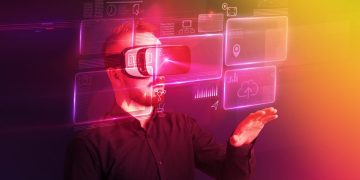
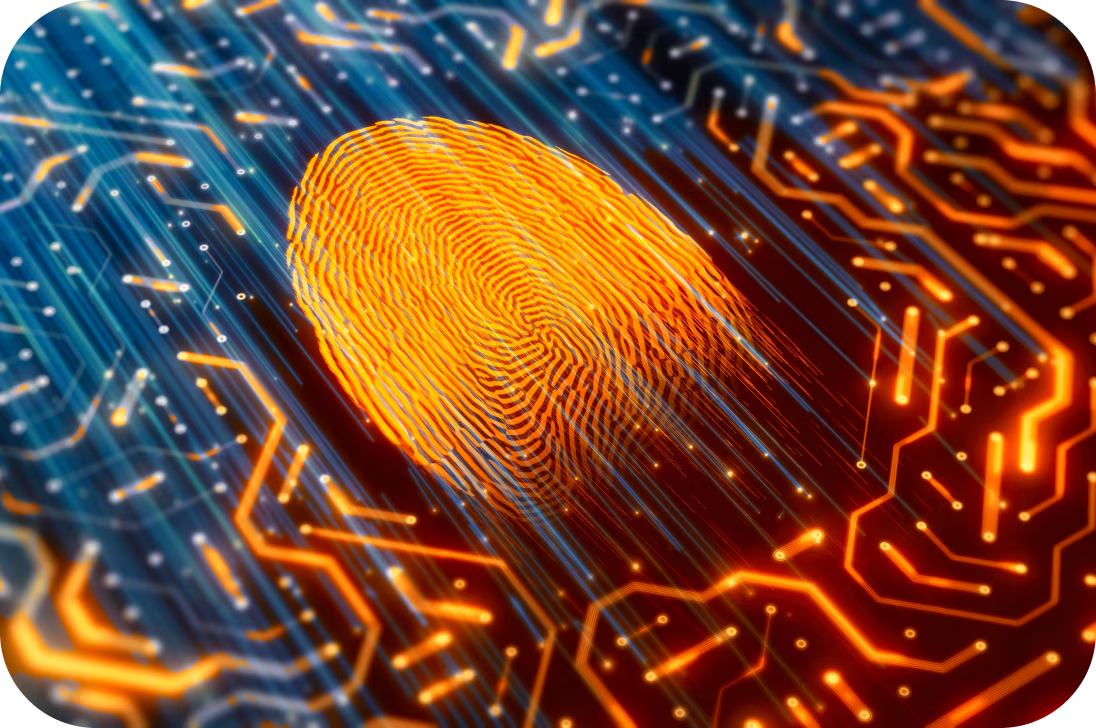







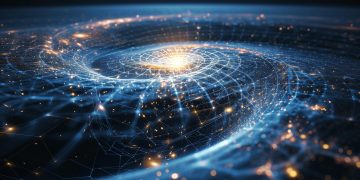



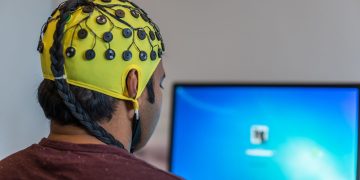


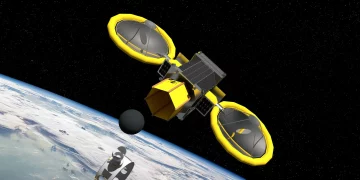













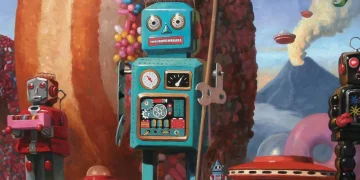
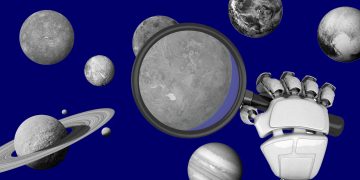
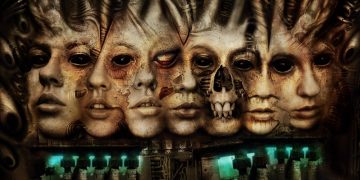
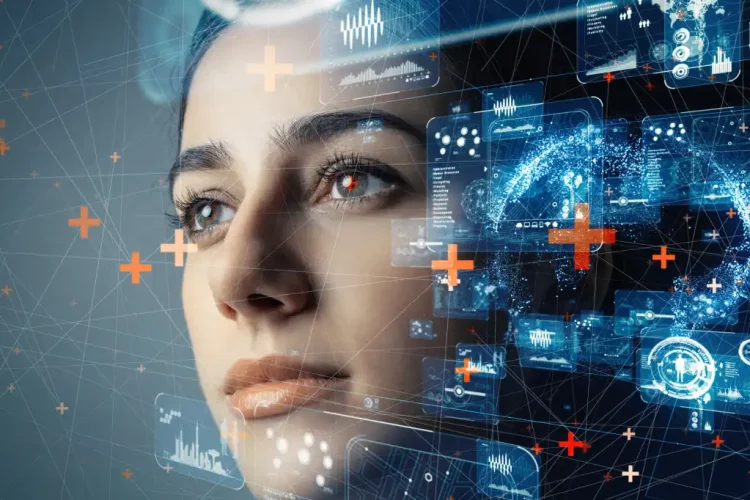












Discussion about this post